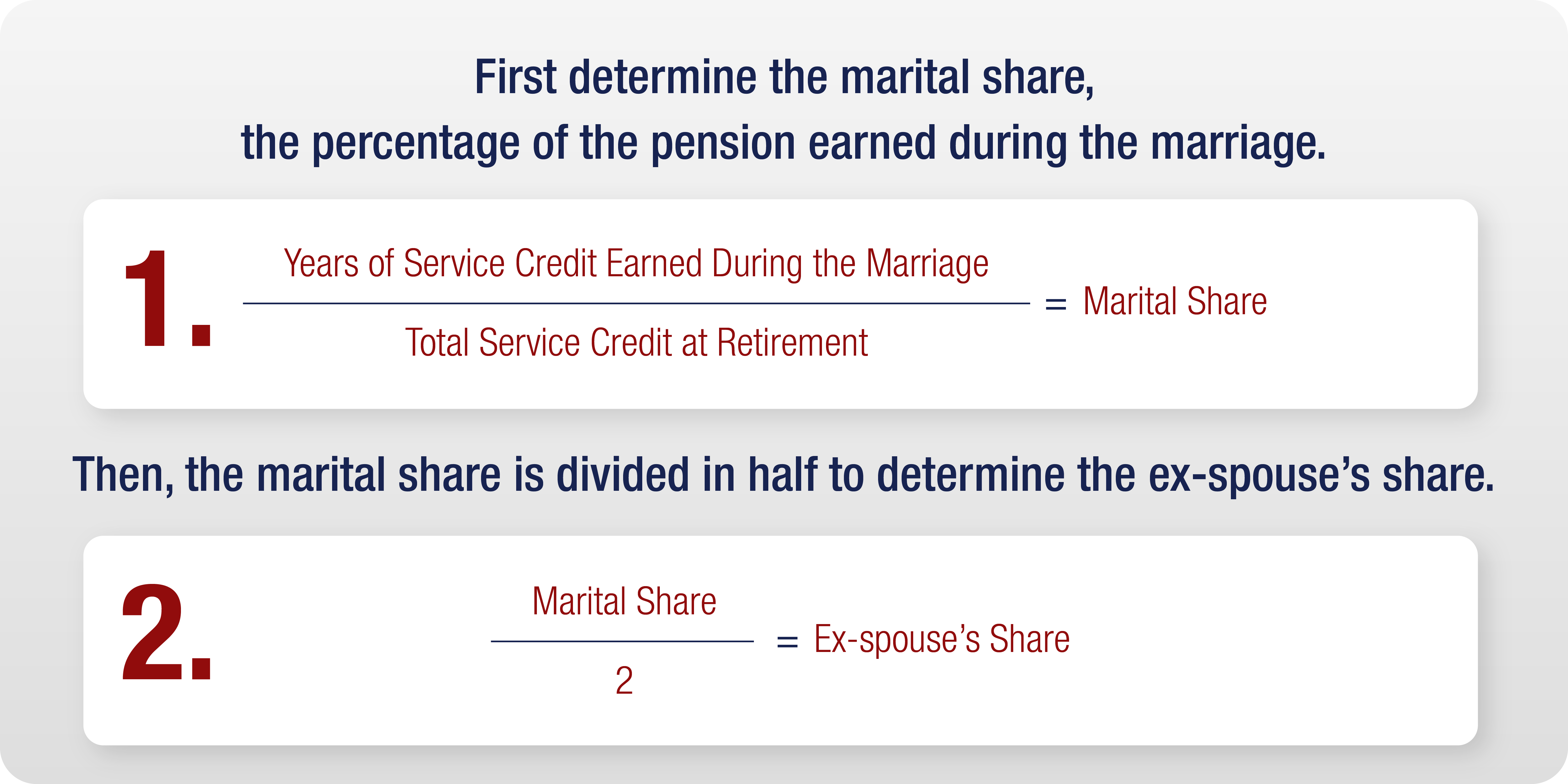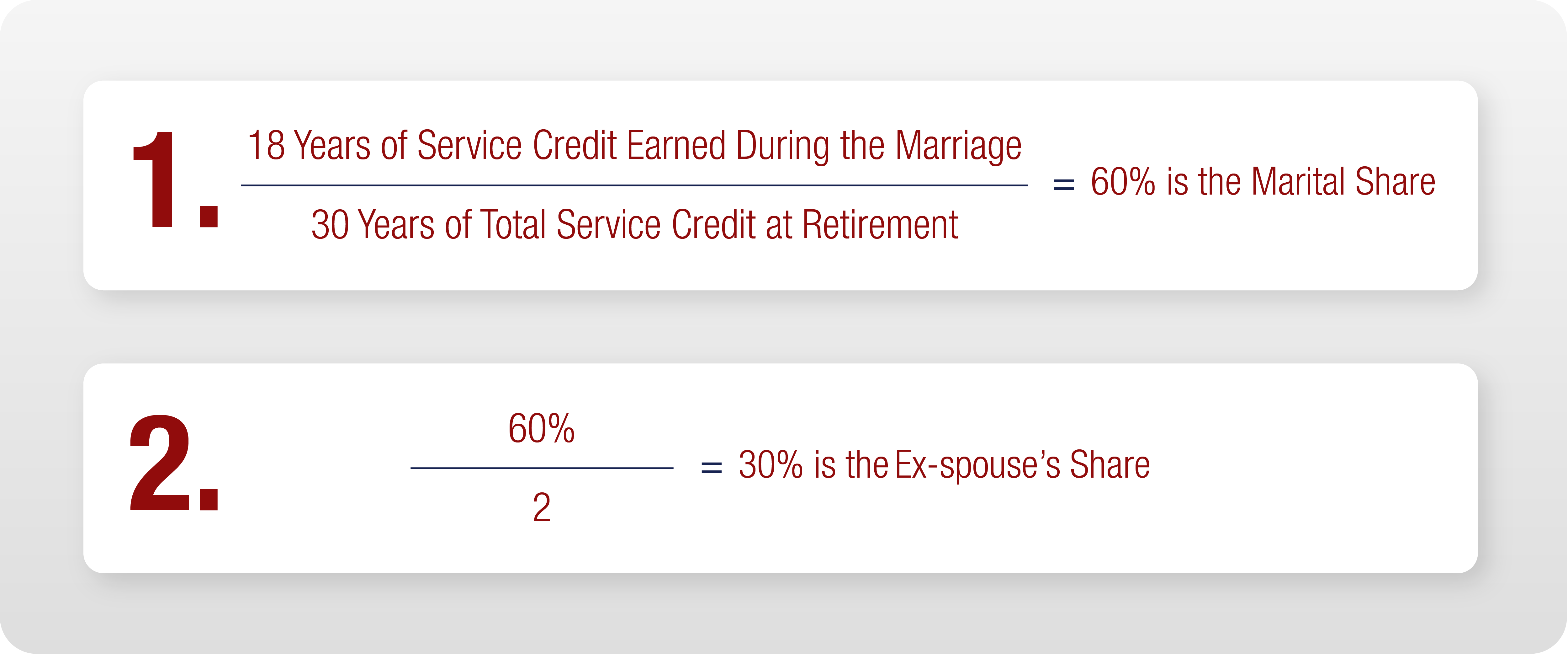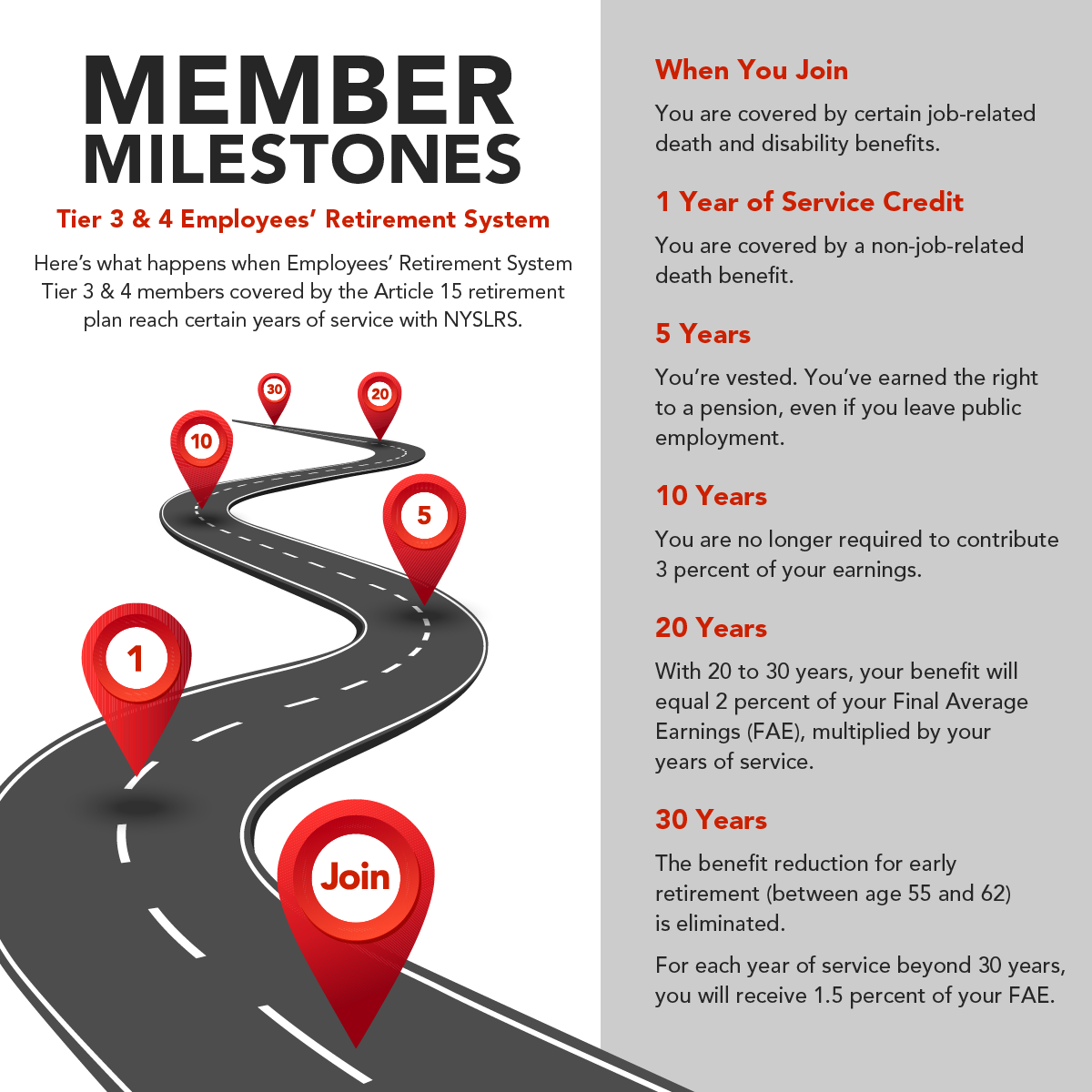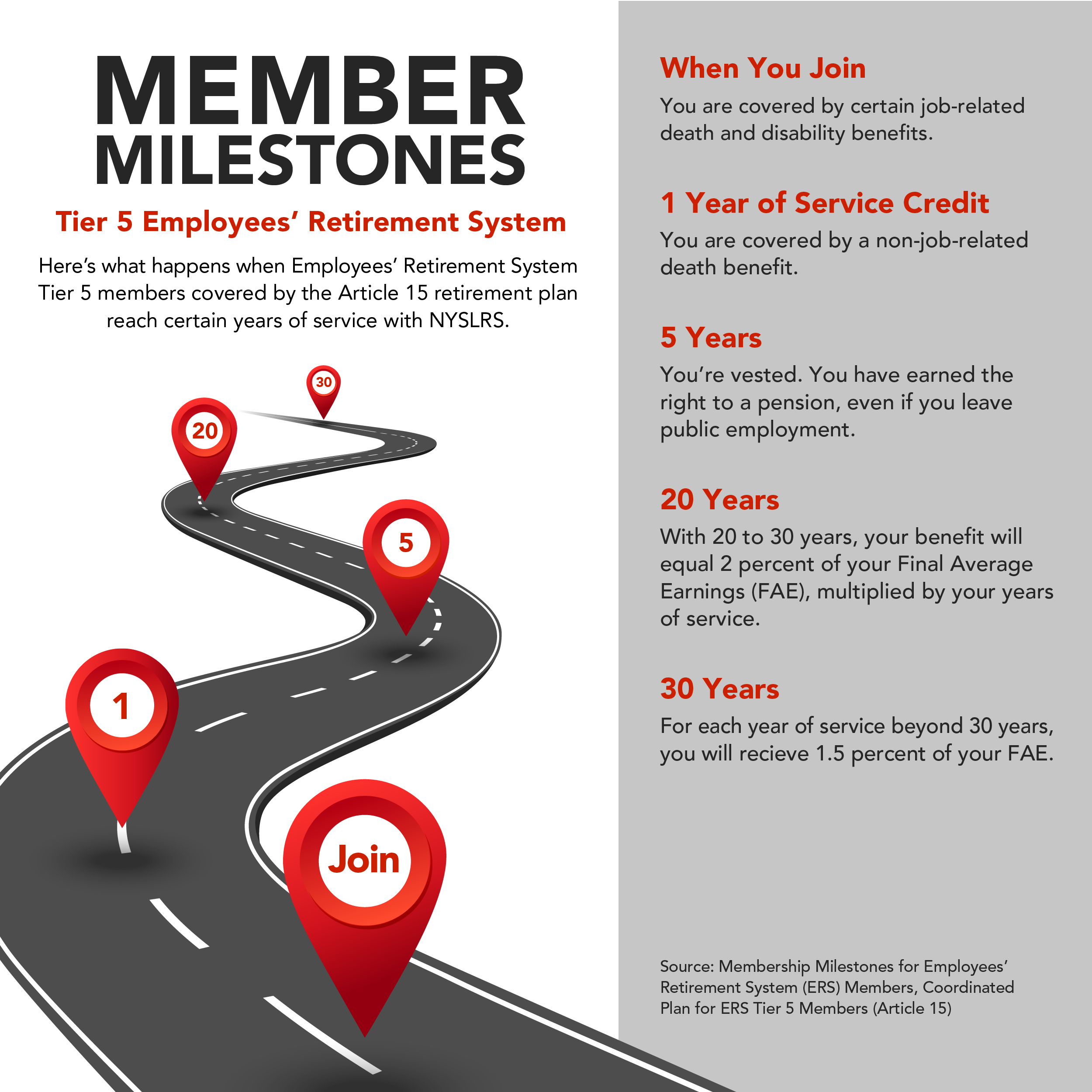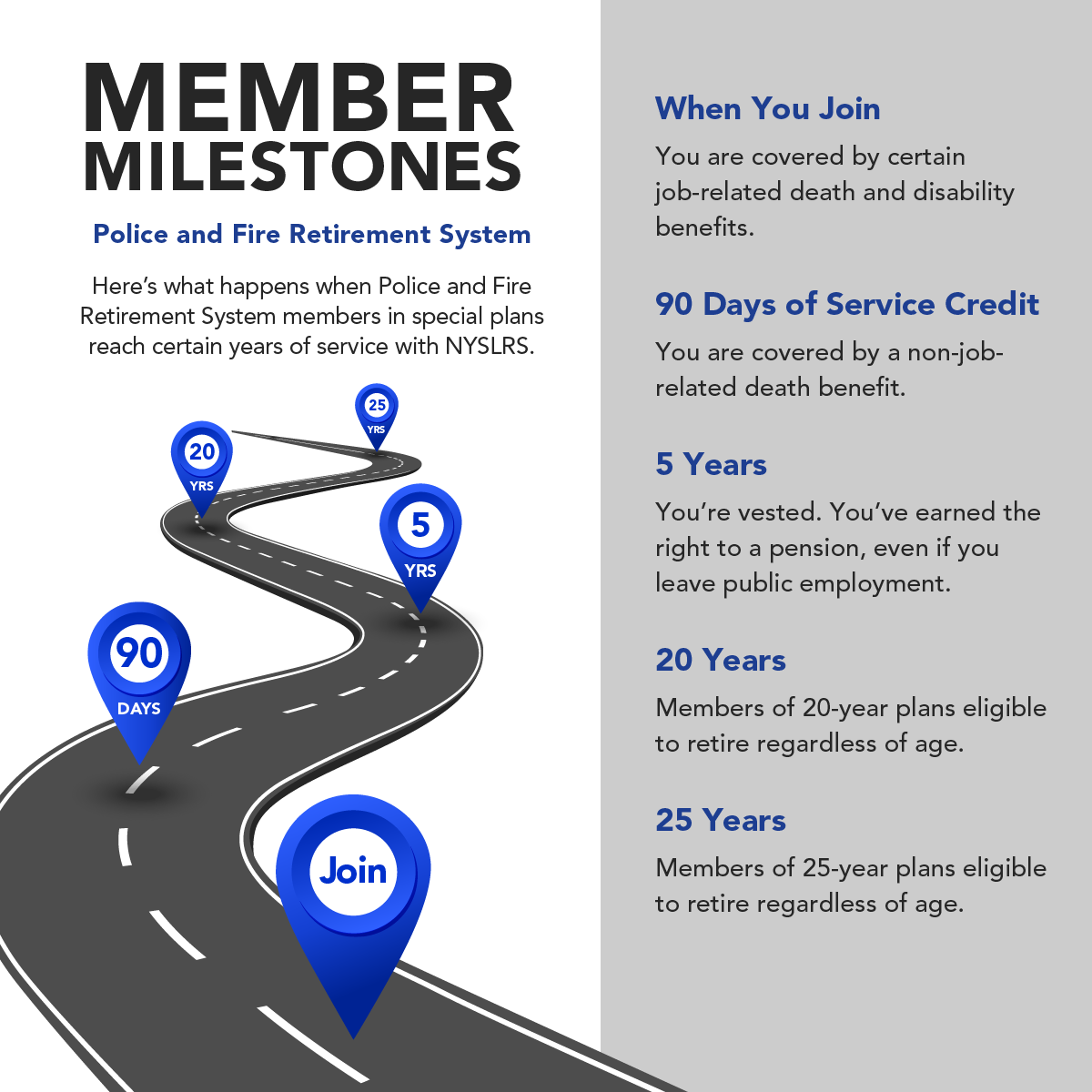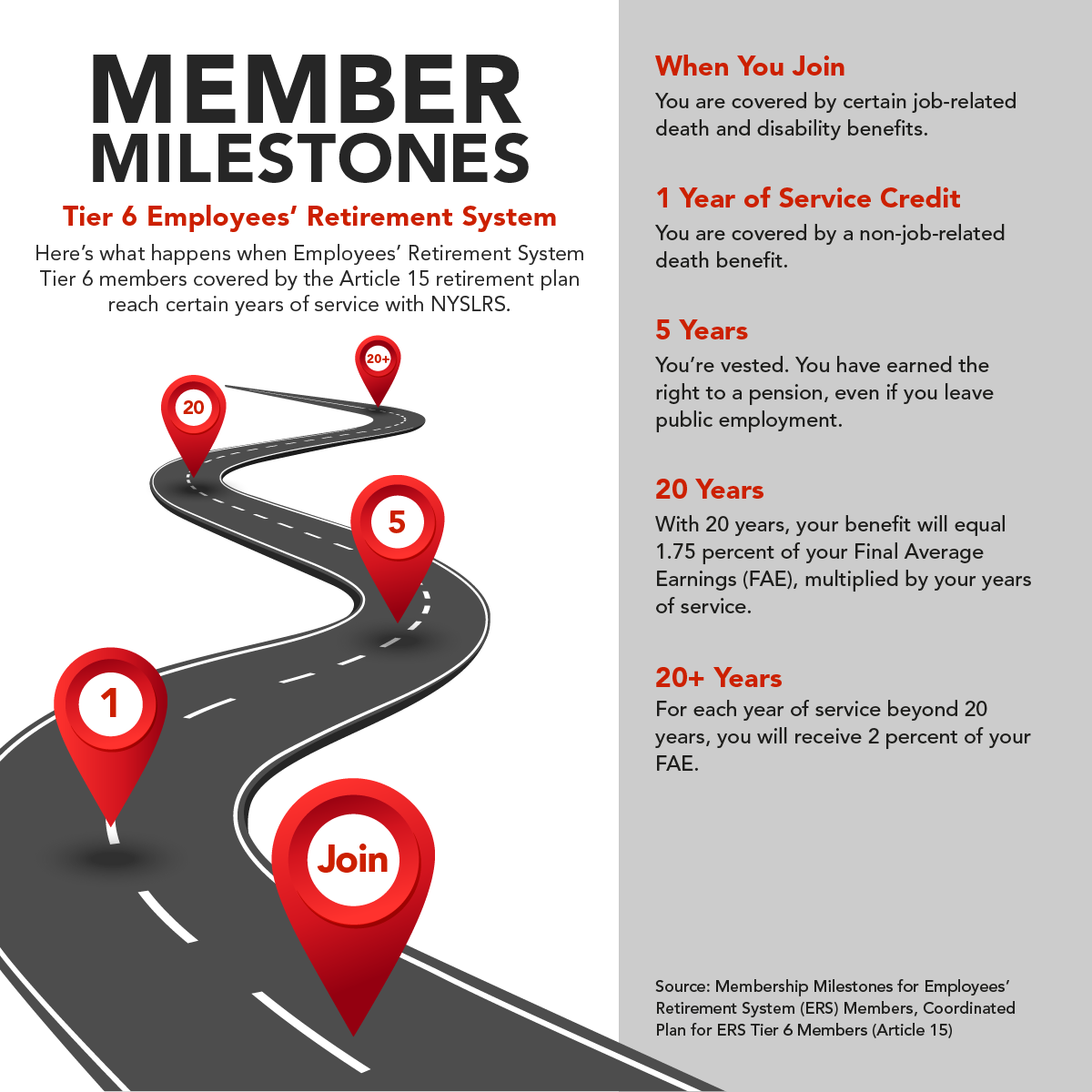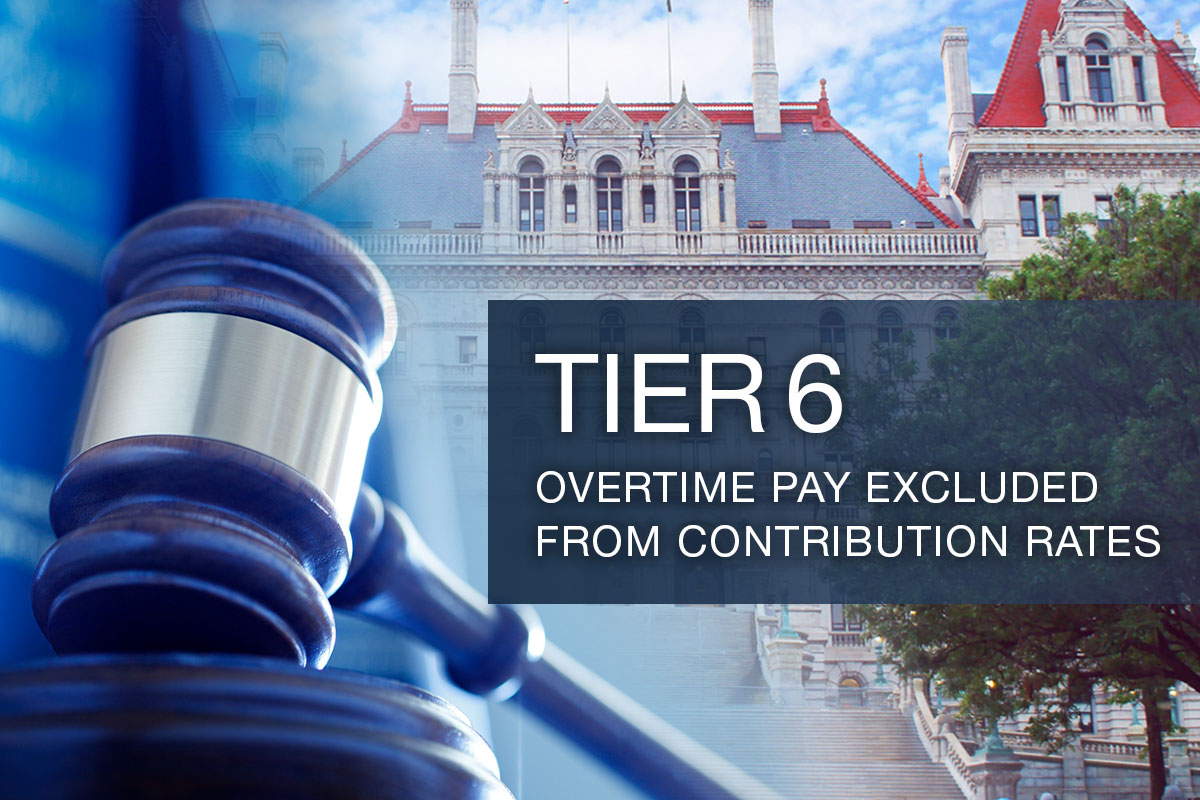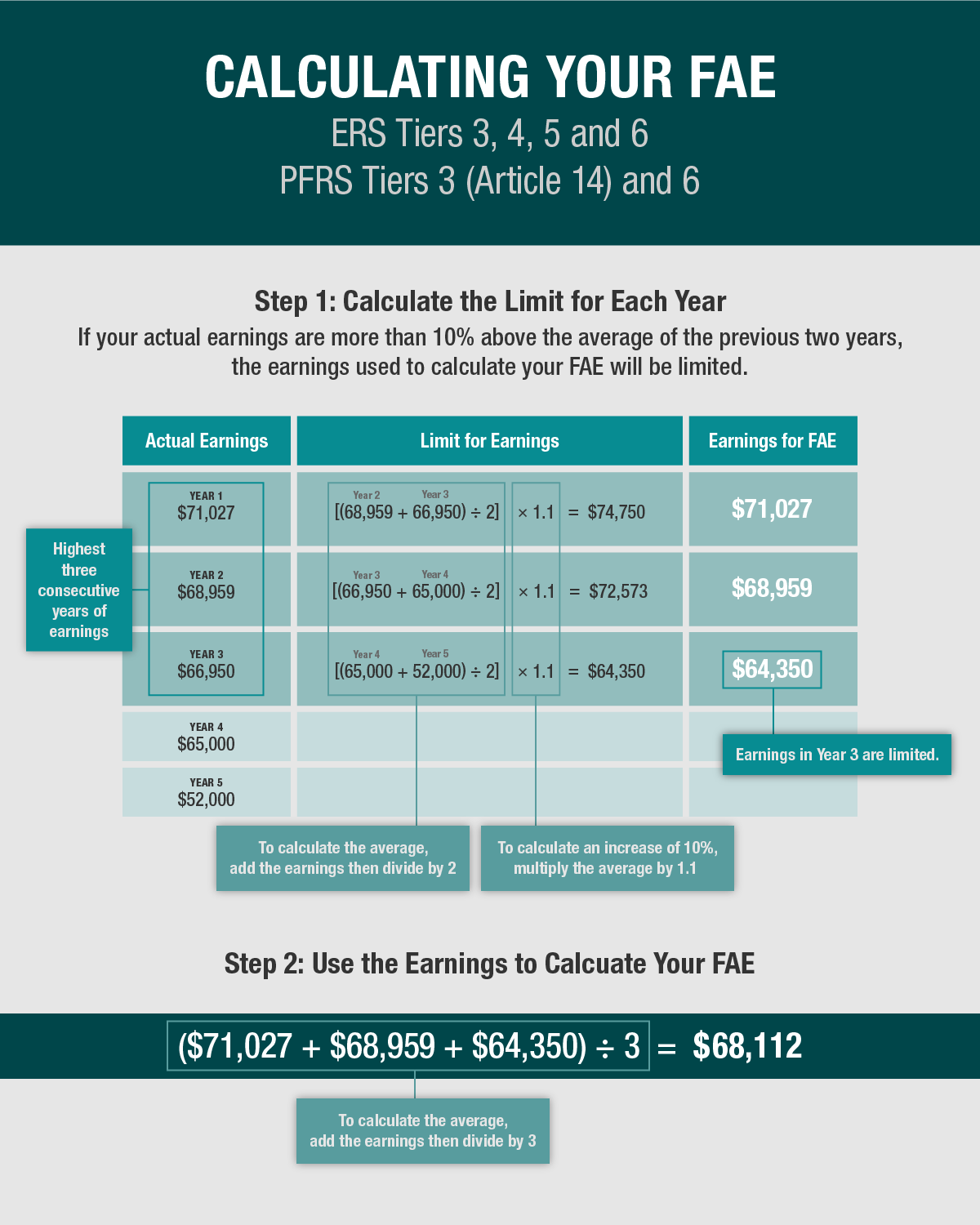Sometimes a small misunderstanding can have a big impact on your retirement benefits. We debunked some common retirement myths in an earlier blog post. Here are five more myths you should be aware of.
Retirement Myths vs Facts

I updated my contact information with my employer, so I don’t need to update it with NYSLRS.

You need to update your contact information with both your employer and NYSLRS. Your employer does not provide updated member contact information to us. Make sure we have your current mailing address, phone number and email address on file so you receive the news, correspondence and statements we send you. Retirement Online is the fastest way to view and update your contact information with NYSLRS.

I can’t estimate my pension benefit until I’m close to retirement.

Even if you are years away from retiring, you can estimate your pension benefit in minutes using Retirement Online. Enter different retirement dates and beneficiaries to see how your choices affect your potential benefit and customize your estimate by adjusting your earnings if you anticipate a pay increase before you retire. (Note: Some members may not be able to use the Retirement Online pension calculator because of their circumstances—the system will notify you if your estimate cannot be completed, and you can send us a message using our secure contact form to request one.)

If I retire with an outstanding loan, my pension payment will be reduced temporarily until the loan is paid off.

If you retire with an outstanding loan, your pension will be permanently reduced.* We do not withhold loan deductions after retirement and apply it toward the outstanding balance until it’s paid in full.
Also, all or part of your outstanding loan balance may be subject to federal income taxes. If you retire before age 59½, the IRS may charge an additional 10 percent penalty.
*Employees’ Retirement System (ERS) members can repay their NYSLRS loan after they retire. However, you would need to pay the full balance of the loan in a one-time lump sum payment. Your pension would then be recalculated to remove the reduction and your monthly payment would increase going forward, but it would not be retroactive to your date of retirement.

The only way to file for retirement and begin receiving my pension is by completing a bunch of paper forms.

You can apply for retirement in Retirement Online, which is faster and more convenient than printing and mailing forms, and there’s nothing to have notarized. And when you apply online, you can also make changes online before your date of retirement—for example, if you need to change your banking or tax information. Watch our video for more information.

I can change my pension beneficiary after I retire.

Most retirees have 30 days from the start of the month following their retirement date to change their option election. After those 30 days, only certain pension payment options let you change your beneficiary.
- The Single Life Allowance option provides the maximum monthly benefit payment to you for the rest of your life, but all payments stop upon your death, so nothing will be paid to a beneficiary.
- The Joint Allowance or Pop Up Joint Allowance options provide a lifetime benefit for a beneficiary. After the initial 30-day window, you cannot change your beneficiary for any reason.
- The Five Year Certain or Ten Year Certain options provide benefit payments to a beneficiary for a finite period if you die within five or ten years of your retirement—if you choose one of these options, you can change your beneficiary at any time. If you live beyond the five- or ten-year period, your beneficiary will not receive a pension benefit upon your death.
Note, most retirement plans also provide a post-retirement death benefit, which is a one-time lump sum payment to your beneficiaries—you can change your beneficiaries for this at any time.
You can find more facts about your NYSLRS benefits in your retirement plan publication. If you have account-specific questions, please message our customer service representatives using our secure contact form.




 We’ve written about how
We’ve written about how 
